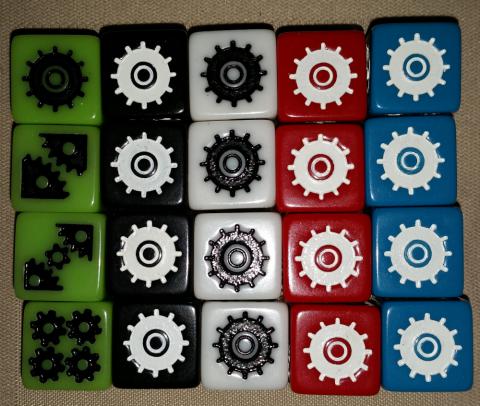Playtesting
A few words about the playtesting approach are in order so they are not necessary in every posting. While the specific variations in this makeover are relatively simple, a valuable aspect of this makeover is to review the testing approach to a highly variable game.
Approach
For playtesting an individual mechanic, I am introducing what I call a “Gamelet.” A gamelet (like an applet compared to an application) is a mini-game in the sense that it does the functions of a game, but in a very narrow sense. A good gamelet will exercise one mechanic in a very limited sense. In this case there are also Attributes that impact the operation of the mechanic. So there is a grid of Attributes and Gamelets to test if each attribute is tested separately.












